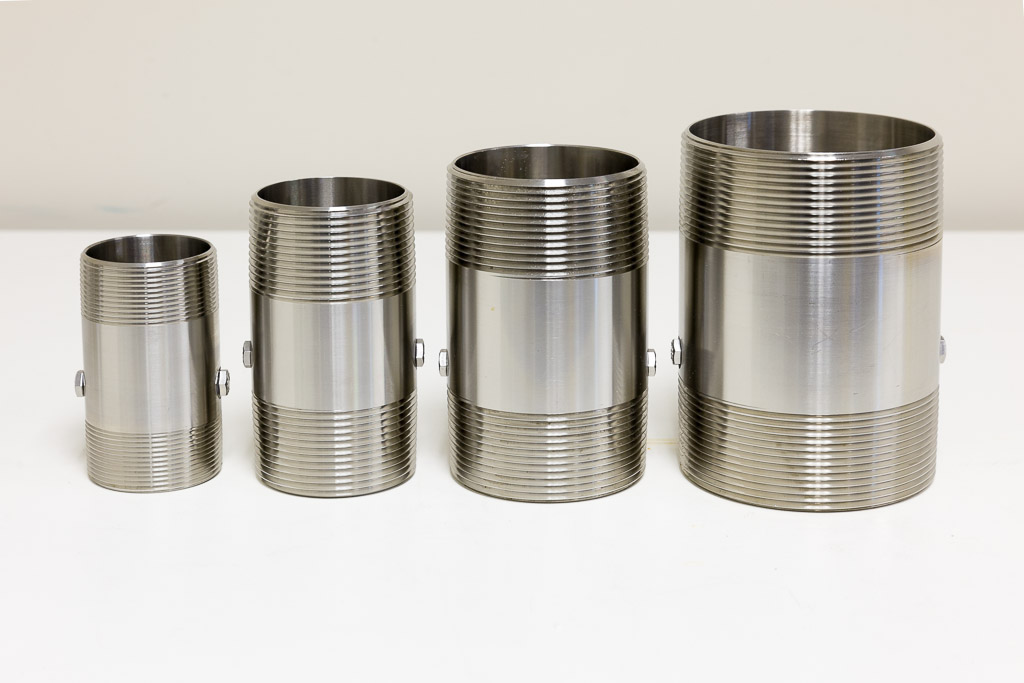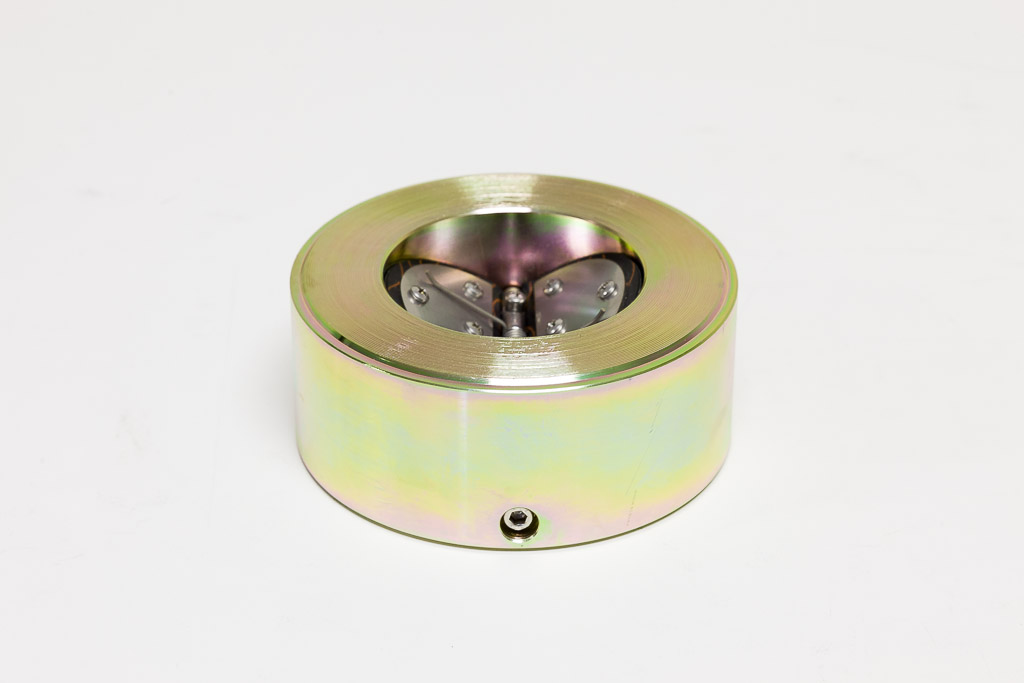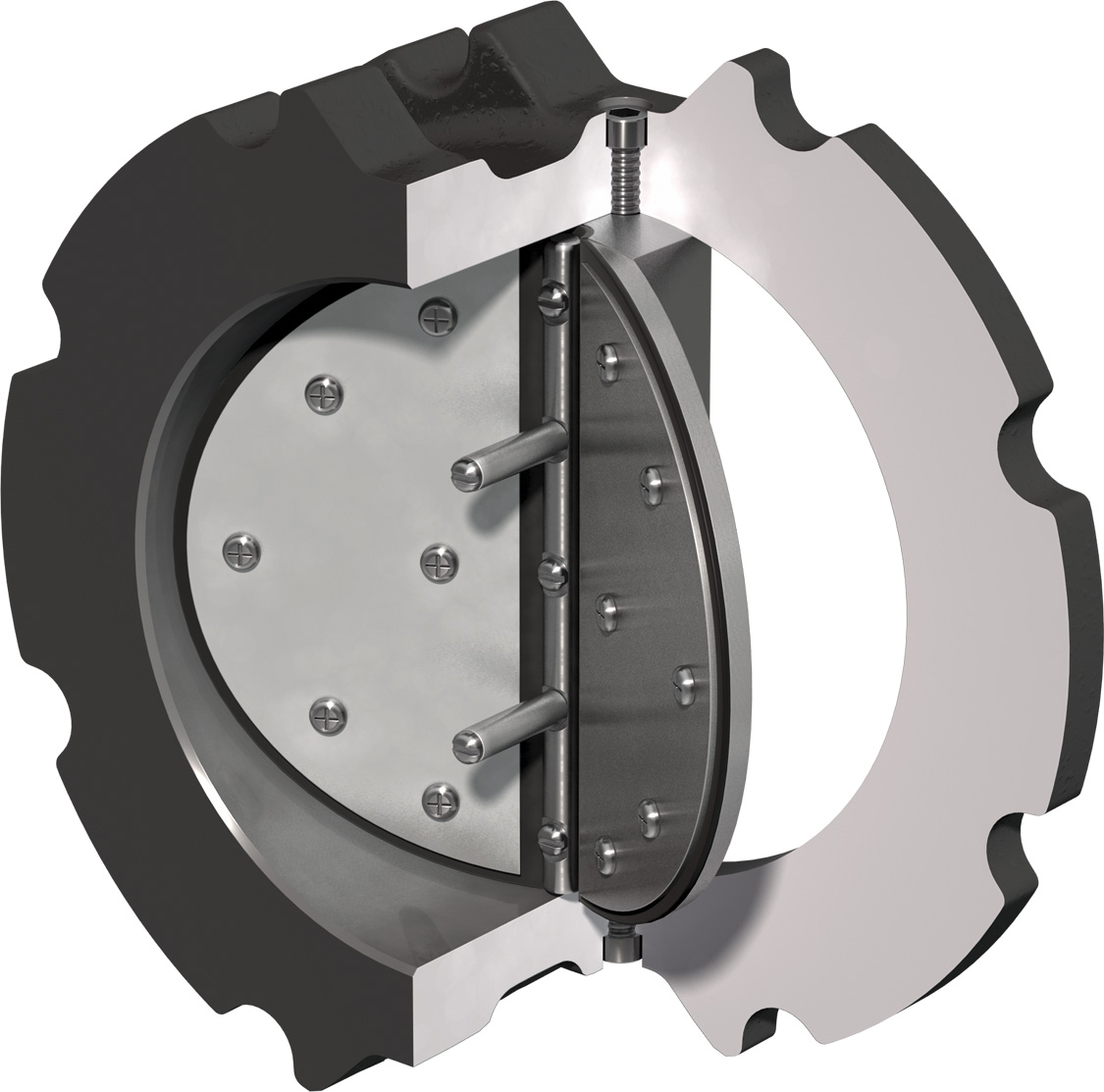Check Valves for Blowers & Aeration
It is recommended to prevent backflow, protecting equipment, simplifying startup the system and performing maintenance. In some cases, its necessary to have check valves to avoid unwanted chemical reactions of what’s inside the pump/system with back flow gases such as air.



Pressure Relief Valves
- The purpose of a pressure relief valve (PRV) is to safeguard equipment and systems by releasing excess pressure when it exceeds a predetermined level. When pressure rises beyond the set point, the PRV opens, allowing fluid to escape, preventing damage and ensuring safe operation.
- A pressure relief valve (PRV) operates by automatically opening when system pressure exceeds a predetermined level. This allows excess fluid to escape, preventing equipment damage and ensuring safety. The PRV then reseals once pressure returns to normal
- A pressure relief valve (PRV) is crucial for safety in various applications, including:
- Oil and Gas Industry: PRVs protect equipment and pipelines from overpressure.
- Petrochemical Plants: They prevent catastrophic failures in chemical processes.
- Power Generation: PRVs regulate steam, air, gas, or liquid systems.
- Chemical Processing: Used to mitigate overpressure conditions.
In summary, pressure relief valve (PRV) is essential in industries and applications where overpressure could lead to disastrous consequences.
Low-Pressure Check Valve Applications:
- Vacuum Pumps: These pumps create a vacuum by removing air or gas from a closed system. Low-pressure drop check valves allow efficient flow without compromising the vacuum level.
- Vacuum Chambers: In scientific research, industrial processes, or space simulations, vacuum chambers require minimal pressure loss to maintain accurate conditions.
Compressed Air and Gas Systems:
- Pneumatic Tools: Air-powered tools (such as nail guns, impact wrenches, and paint sprayers) rely on compressed air. Low-pressure drop check valves prevent energy loss.
- Gas Distribution Networks: Natural gas pipelines and distribution systems use low-pressure drop check valves to maintain flow efficiency.
Water Systems:
- Irrigation Systems: Low-pressure drop check valves prevent water hammer (sudden pressure surges) when valves close, preserving system integrity.
- Hydronic Heating Systems: These systems circulate hot water for heating. Low-pressure drop check valves ensure smooth flow without excessive resistance.
Blower Systems Requiring Check Valves:
- Regenerative Blowers:
- Purpose: Regenerative blowers (also known as side-channel blowers) are used for air and gas handling. They create pressure by imparting kinetic energy to the fluid through a rotating impeller. Check valves play a crucial role in these systems.
- Applications:
- Wastewater Treatment: Regenerative blowers aerate wastewater treatment plants. Check valves prevent backflow, ensuring that air flows into the water without interruption.
- Aquaculture Tanks: In fish tanks and shrimp tanks, regenerative blowers provide aeration. Check valves prevent water from flowing back into the blower when it’s turned off.
- Oxygenation Systems: Regenerative blowers are used to oxygenate bodies of water (e.g., ponds, lakes). Check valves maintain one-way flow, preventing water from entering the blower during downtime.
- Multi-Blower Systems:
- Scenario: Imagine a system with multiple blowers working in parallel.
- Function of Check Valves:
- Prevents air flow through a specific blower when it’s not operational.
- Ensures that other blowers continue to function without interference.
- Design: These check valves typically have double butterfly-style flappers with Viton seals for reliable sealing and minimal pressure drop.
- Material Handling Equipment:
- Use Case: Material handling systems often rely on pneumatic air conveying equipment.
- Importance of Check Valves:
- Prevents material flow reversal.
- Ensures consistent air flow direction.
- Protects blowers from damage due to backflow.
- Industries: Various sectors, including manufacturing, food processing, and bulk material handling.
